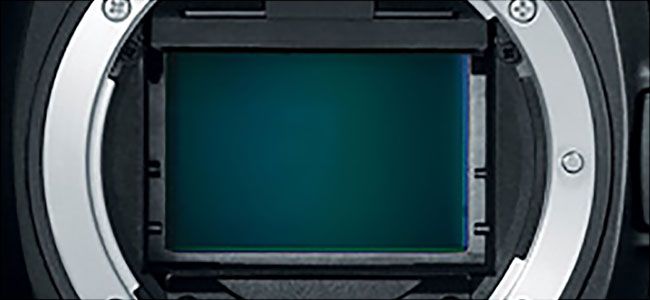In photography, ISO is a measure of how sensitive a piece of film or digital sensor is to light---the higher the ISO the more sensitive. With a low ISO you need to use a longer shutter speed or a wider aperture than you would if you’re using a high ISO. Most digital cameras have an ISO range of between around 100 and about 12,800.
The name ISO comes from the body that designated the standard: the International Organization for Standardization (yes, the acronym should be IOS but whatever). This means that all camera manufacturers calibrate their sensors to roughly the same values. ISO 100 on a Canon 5D MKIV should have the same sensitivity to light as ISO 100 on your iPhone.
How ISO Works
Although they measure the same thing, ISO works a bit differently for film and digital cameras. For film, it’s a measure of how quickly the chemicals used react to light. The quicker the chemicals react, the higher the ISO value and the less light that’s needed to take a photo. We're going to focus more on digital cameras here, though.
Every digital sensor is made up of millions of smaller sensors. A 20 megapixel sensor, for example, has 20 million small sensors: one for each pixel. When photons of light hit each of these tiny sensors, an electric charge is generated. The more photons that hit each sensor, the stronger the charge. The value of the charge at each sensor is what your camera uses to determine how bright or dark the corresponding pixel is in your image.
The relationship between the charge detected by the camera and the brightness of each pixel is essentially arbitrary. The sensors are calibrated so that an image shot at ISO 100 on a digital camera would appear about the same as an image shot on ISO 100 film.
While ISO 200 film is chemically different to ISO 100 film, a digital camera always uses the same sensor; this means it’s always getting the same electric charge. Instead, ISO values are emulated through amplification. When you turn your camera’s ISO up from 100 to 200, nothing changes with the sensor; the value of the charge the sensor detects (and the corresponding brightness of the pixels) is just doubled as you take the image. This is why digital cameras are so much better in low light than film cameras.
How ISO is Measured
ISO is measured using a simple logarithmic scale. Every time you double the ISO value, the brightness of the image increases by one stop.
This means that the difference in brightness between an image shot at ISO 100 and ISO 200 is the same as the difference in brightness between an image shot at ISO 800 and ISO 1600. On your camera, ISO 6400 is six stops brighter than ISO 100, not 64 stops brighter.
What ISO Should You Use?
Along with shutter speed and aperture, ISO is one of the pillars of digital photography. While it might not affect the look of your images as much as the other two factors, it’s still important to know what value to select for different situations. Check out our guide to your camera’s most important settings, including ISO, to learn more about how these settings work together.

